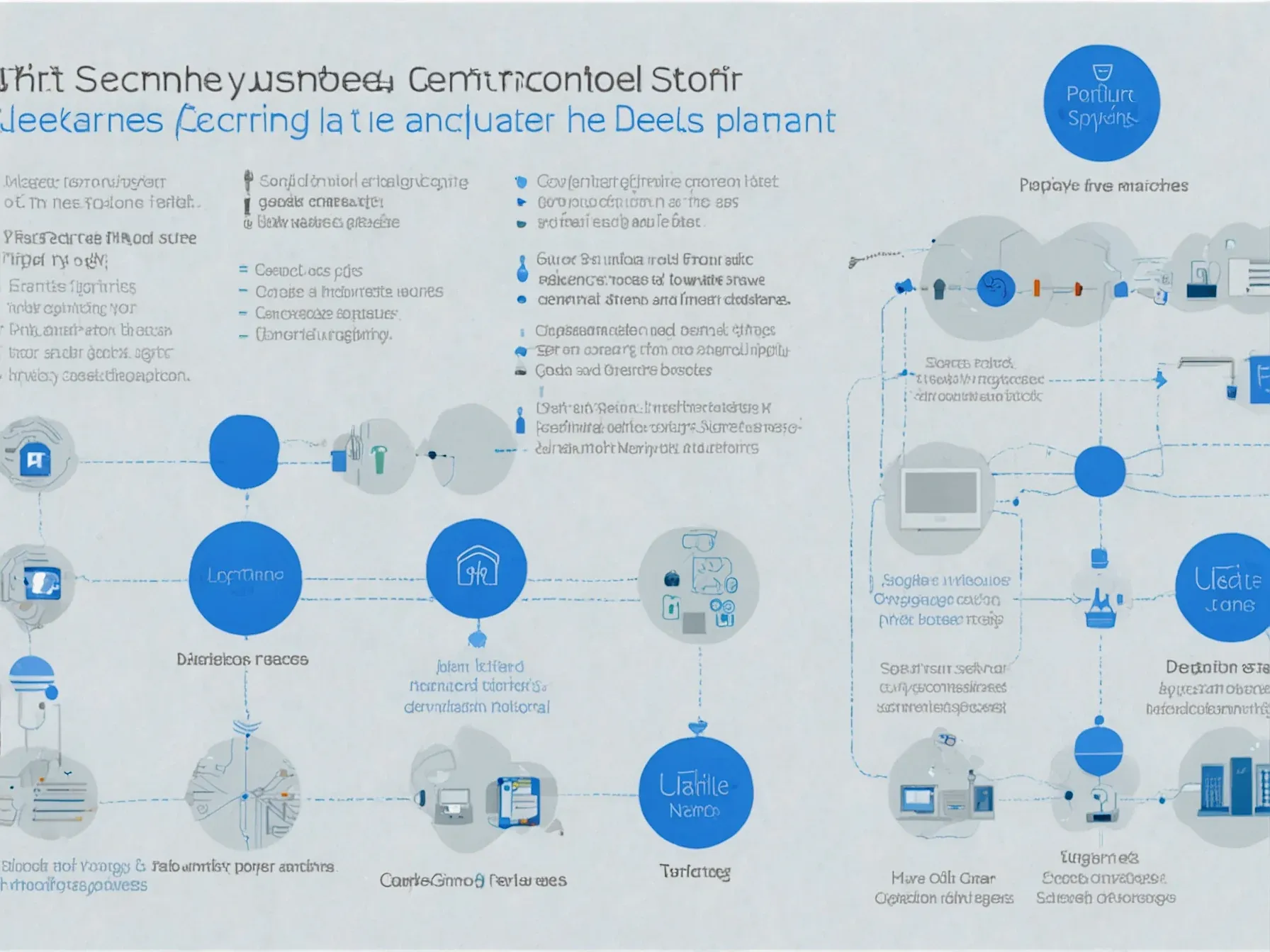
Ironwood TPU: Purpose‑Built Hardware for Inference as Industry Shifts Focus
The AI hardware market is quietly rebalancing. While the headlines still celebrate ever‑larger training clusters, a growing number of engineers are asking a different question: how do we deliver fast, reliable responses to users once a model is deployed? That shift has turned attention toward the part of the stack that actually serves predictions at scale.
Google’s latest silicon, Ironwood, arrives at a moment when enterprises need more than raw throughput; they need chips that can sustain millions of requests per second without introducing noticeable lag. Built specifically for high‑volume, low‑latency inference, Ironwood isn’t a repurposed training accelerator—it’s a purpose‑focused design aimed at the day‑to‑day demands of model serving. The hardware promises to handle the load of real‑world applications, from chatbots to recommendation engines, while keeping response times tight enough for interactive use.
In short, the chip is engineered for the age of inference.
It's purpose-built for the age of inference As the industry's focus shifts from training frontier models to powering useful, responsive interactions with them, Ironwood provides the essential hardware. It's custom built for high-volume, low-latency AI inference and model serving. It offers more than 4X better performance per chip for both training and inference workloads compared to our last generation, making Ironwood our most powerful and energy-efficient custom silicon to date.
It's a giant network of power TPUs are a key component of AI Hypercomputer, our integrated supercomputing system designed to boost system-level performance and efficiency across compute, networking, storage and software. At its core, the system groups individual TPUs into interconnected units called pods. With Ironwood, we can scale up to 9,216 chips in a superpod.
These chips are linked via a breakthrough Inter-Chip Interconnect (ICI) network operating at 9.6 Tb/s.
Will Ironwood live up to its claims? The seventh‑generation TPU arrives as the industry pivots toward inference, promising unprecedented speed and efficiency. Google describes it as its most powerful and energy‑efficient processor yet, built specifically for high‑volume, low‑latency model serving.
Its parallel architecture is said to handle complex reasoning tasks while keeping power draw low, a combination that could ease the cost of scaling responsive AI services. Yet the announcement provides few concrete benchmarks, leaving it unclear whether real‑world workloads will see the advertised gains. Moreover, the shift from training to inference does not guarantee demand for a single‑purpose chip; alternative accelerators and cloud‑based solutions remain viable.
If Ironwood’s performance matches its specifications, it may become a useful tool for developers focused on serving models at scale. Conversely, without transparent data, the extent of its advantage over existing hardware remains uncertain. In short, the TPU represents a targeted response to a market trend, but its practical impact has yet to be demonstrated.
Further Reading
- Ironwood: The first Google TPU for the age of inference - Google Blog
- Google TPU Ironwood: Revolutionizing AI Inference at Scale - CloudOptimo
- Google unleashes Ironwood TPUs, new Axion instances as AI inference demand surges - SiliconANGLE
- Ironwood TPUs and new Axion-based VMs for your AI workloads - Google Cloud Blog
- Google Ironwood TPU Swings for Reasoning Model Leadership at Hot Chips 2025 - ServeTheHome
Common Questions Answered
What performance improvement does Ironwood TPU claim over the previous generation?
Ironwood TPU advertises more than a 4× boost in performance per chip for both training and inference workloads compared to its predecessor. This increase is highlighted as a key factor in delivering faster, more reliable AI responses at scale.
How does Ironwood TPU address the industry's shift toward high‑volume, low‑latency inference?
The chip is purpose‑built for the inference era, featuring a parallel architecture optimized for complex reasoning tasks while maintaining low power draw. Google positions it as the most powerful and energy‑efficient processor designed specifically for high‑volume, low‑latency model serving.
Why is energy efficiency emphasized in the description of the seventh‑generation TPU?
Google highlights Ironwood's energy efficiency to reduce operational costs when scaling responsive AI services. By keeping power consumption low despite high throughput, the chip aims to make large‑scale inference deployments more sustainable and cost‑effective.
What role does Ironwood TPU play in the broader AI hardware market rebalancing?
As the market pivots from building ever‑larger training clusters to delivering fast inference, Ironwood serves as a hardware solution focused on serving predictions at scale. Its design targets the growing demand for reliable, low‑latency responses once models are deployed, aligning with the industry's new priorities.




